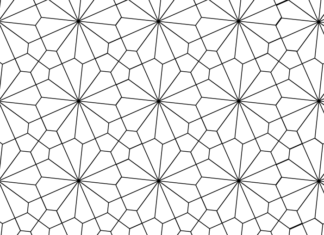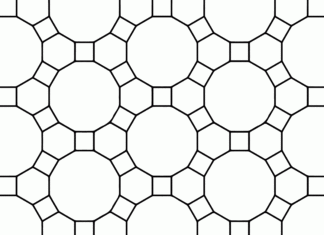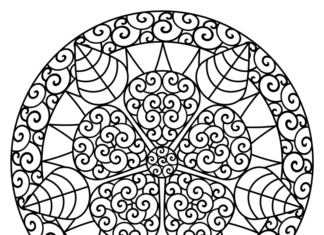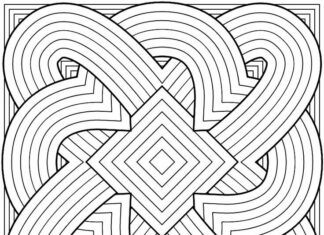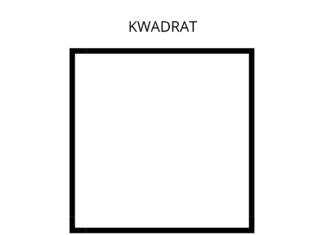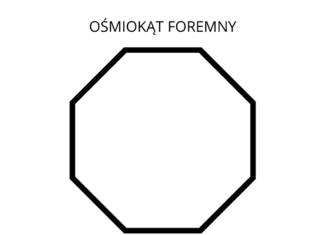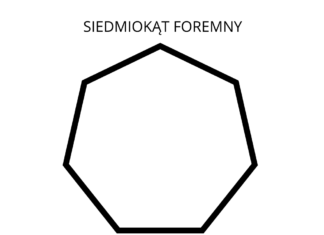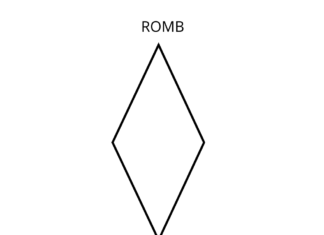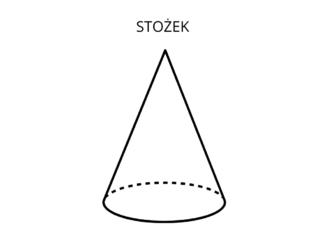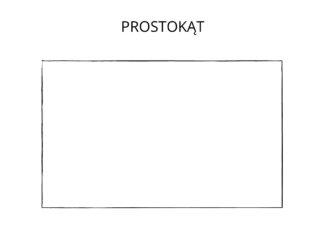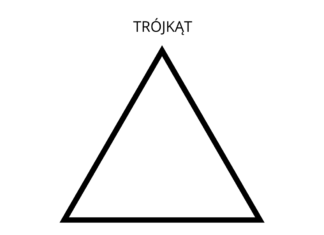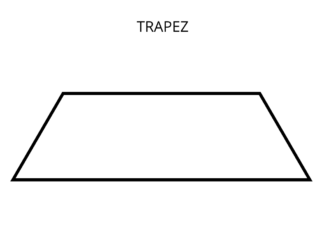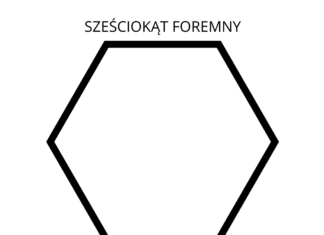Geometric figures, also known as geometric shapes, are the basic elements of geometry, the science that deals with the study of space, shapes and their properties.
Geometric Figures Coloring Book - Shapes
information
- Circle: A figure whose all points on the perimeter are equidistant from the center. A radius is the distance between the center and any point on the perimeter.
- Triangle: A figure with three sides and three angles. The sum of the angles in a triangle is always 180 degrees.
- Quadrant: A figure with four sides. It can be a rectangle, square, parallelogram, rhombus, trapezoid, or any other type of quadrilateral.
- Rectangle: A quadrilateral with right angles (90 degrees).
- Square: A quadrilateral with equal sides and right angles. It is a special type of rectangle.
- Parallelogram: A quadrilateral whose opposite sides are of equal length and parallel.
- Parallel trapezoid: A quadrilateral with at least one pair of parallel sides. It has two adjacent angles and two opposite angles.
- Equilateral triangle: A triangle whose sides are all of equal length.
- An isosceles triangle: A triangle that has at least two sides of equal length.
Three-dimensional figures:
- Cube: A figure with six equal square faces. All angles are right (90 degrees).
- Perpendicular: A figure with six rectangular faces. Opposite walls are parallel and equal.
- Cone: A figure with one circular base and one vertex. The radius of the base connects to the vertex.
- Roller: A figure with two circular bases and a straight side surface.
- Bullet: A figure whose points are all equidistant from the center. It is the three-dimensional equivalent of a circle.
- Pyramid: A figure with one polygonal base and a vertex that connects to the plane of the base.
- Prism: A figure with a polygonal base and a straight side surface consisting of trapezoids or trapezoids.-
trivia
- Pythagoras' theorem: In a right-angled triangle, the sum of the squares of the lengths of the shorter sides is equal to the square of the length of the longest side, i.e. the counter-rectangle. Mathematically: a^2 + b^2 = c^2, where a and b are the lengths of the perpendiculars, and c is the length of the counter-parallel.
- The golden ratio: The golden ratio (or golden division) is the ratio of two quantities, where the ratio of the larger of the two to the sum of the two is equal to the ratio of the sum of the two to the smaller. Mathematically, this means that (a+b)/a = a/b, where a is the larger number.
- Pi (π): The number pi (π) is a mathematical constant that represents the ratio of the circumference of a circle to its diameter. It is an unquantifiable number, which means that it cannot be accurately represented as a decimal or an ordinary fraction.
- Perfect Sheets: There are only five Platonic figures, or regular polyhedra, which are regular polygons and have the same angles around each vertex. One of these is the cube.
- Squaring the circle: For many centuries, people have been trying to solve the problem of squaring the circle, that is, constructing a square with an area equal to the area of the circle using only a compass and a ruler. In 1882, mathematician Carl Louis Ferdinand von Lindemann proved that this was impossible due to the transcendence of the number π.
- Euler's theorem for polyhedra: The theorem states that in a consistent, flattenable (without intersecting edges) and topologically consistent polyhedral graph, the relation V - E + F = 2 holds, where V is the number of vertices, E is the number of edges, and F is the number of faces.
- Banach-Tarski paradox: This is an astonishing result of set theory, which states that it is theoretically possible to divide a three-dimensional sphere into finitely many parts, and then by rotation and translation obtain two identical copies of the sphere, starting with these components.
- The fourth dimension: Although our space is three-dimensional, mathematicians also study geometry in four dimensions (quadrilateral geometry). There are geometric figures, such as hypercubes, that exist in four dimensions.

